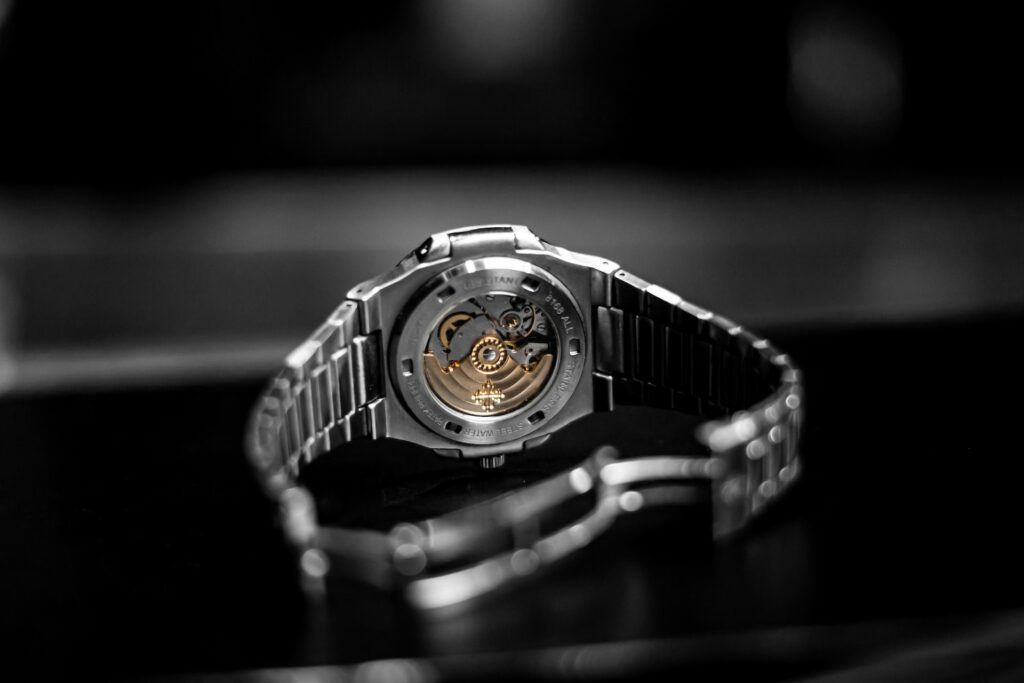In 1839, watchmakers Antoine Norbert de Patek and François Czapek set out to make the world’s finest timepieces. Their goal was to create watches that were not only accurate but also beautiful works of art. Today, the Swiss company Patek Philippe is still considered one of the most prestigious watch brands in the world. Let’s explore Patek Philippe’s journey and where they are today…specifically how they got to creating a $25 million watch.
Patek Philippe is a Swiss watch company founded in 1851, located in Geneva and the Vallée de Joux. It designs and manufactures timepieces and movements, including some of the most complicated mechanical watches. Patek Philippe is widely considered to be one of the most prestigious watch brands in the world. The Company has been owned by the Stern family since 1932. Charles Stern died in 2018 at age 103; his son Thierry now leads the firm. The manufacture building on the Rue du Rhone houses all production facilities for artisanal finishing, assembly, quality control as well as customer service and administration offices. Patek Philippe’s rise to prominence began when Polish aristocrat Countess Basia Tyszkiewicz commissioned two highly intricate timepieces from Antoine Norbert de Patek (the company’s founder) and his French partner François Czapek: a pocket watch with a perpetual calendar and minute repeater (made in 1839), followed by a wristwatch with a similar movement (completed circa 1845). These exceptional creations drew considerable attention within Europe’s aristocracy and cemented Patek Philippe’s reputation for making extremely complex horological masterpieces – which it continues to do to this day. In 1868, Jean Adrien Philippe joined forces with Antoine Norbert de Patek to form “Patek, Czapek & Co.” In 1874, after Czapek departed due to creative differences, Philippe became sole owner of the company and renamed it “PATEK PHILIPPE & Co”. He invented many improvements to existing mechanisms used in pocket watches at that time such as chronographs. During World War I, production halved due mainly because so many employees were called up into military service but also because raw materials were scarce. After the war ended, production soon surpassed pre-war levels reaching an apex during 1928-1929.
The Golden Age of Patek Philippe
The Golden Age of Patek Philippe coincided with what is widely considered the Golden Age of Watchmaking, which lasted from roughly 1930 until 1960. This period saw unprecedented technical innovation in horology, marked by advances in materials science, precision machining capabilities, and industrial scale production methods – all of which enabled manufacturers like Patek Philippe to create increasingly sophisticated timepieces without sacrificing quality or craftsmanship.
In our modern day, a Patek Philippe watch can cost anywhere from a few thousand dollars to over $25 million. So what makes these watches so special?
The first thing that sets Patek Philippe apart from other watch brands is its attention to detail. Every component of a Patek Philippe watch is made by hand with the utmost care. The company uses only the finest materials, including gold, platinum, and diamonds. Each watch takes several months to create, and many are made to order for specific clients. Patek Philippe is also known for its innovative designs and complications. Complications are additional features on a watch beyond just telling time. These can include a moon phase indicator, a power reserve indicator, or even a tourbillon (a rotating cage that helps improve accuracy).
Patek Philippe holds more than 80 patents for its various complications – more than any other watchmaker in the world. One of the most famous and expensive Patek Philippe watches is the Henry Graves Supercomplication. This pocketwatch was commissioned by American banker Henry Graves Jr., who wanted it to be “the most complicated timepiece ever made” – and at 24 different complications, it held that title for 75 years! The Supercomplication took eight years to make and cost over $11 million when it was finally completed in 1933 (equivalent to over $170 million today). In 2014, it was sold at auction for a record-breaking $24 million – making it the most expensive wristwatch ever sold at auction! So what does all this money buy you?
A Patek Philippe watch is an investment that will likely appreciate in value over time.
But more importantly, you’re getting a truly exceptional timepiece – one that has been crafted with incredible skill and attention to detail using only the finest materials available. The case is 42mm in diameter and 10.7mm thick, made of platinum with a sapphire crystal exhibition back showing the caliber R 27 PS QA LU 24H movement within. The dial has three subdials: one at 6 o’clock for the running seconds; one at 9 o’clock for the day of the week and date; and one at 12 o’clock for the month, leap year status, and moonphase. There are also applied hour markers and hands made of white gold. The minutes are indicated by a central hand, while the hours are read off on an outer chapter ring marked with Arabic numerals.
While the details of this specific watch are incredible, most any Patek Philippe watch is worth your purchase. If you’re looking to upgrade your wardrobe, take a look into buying a Patek Philippe watch today.





